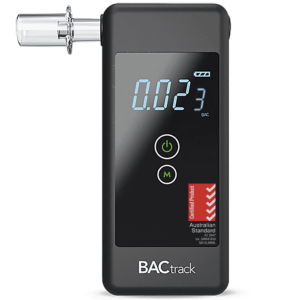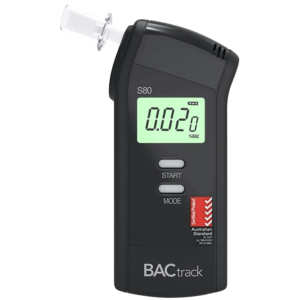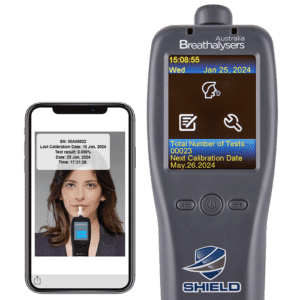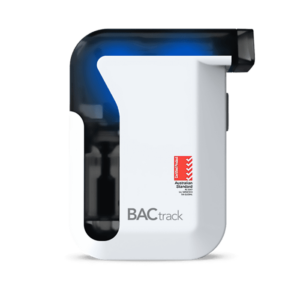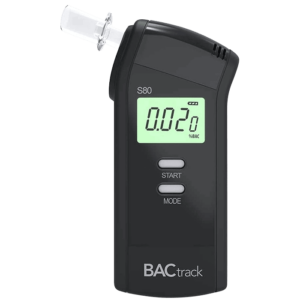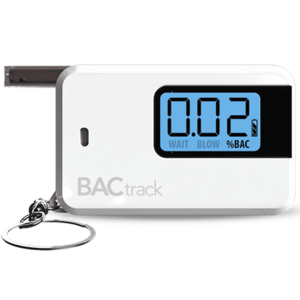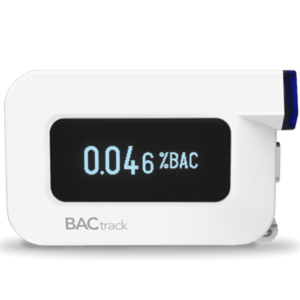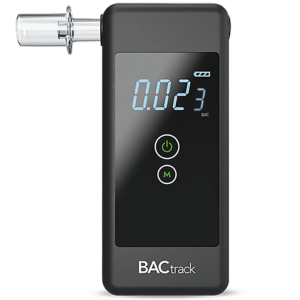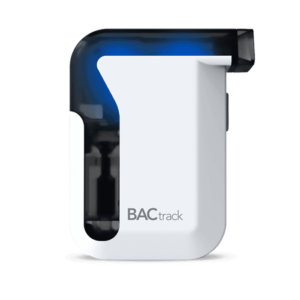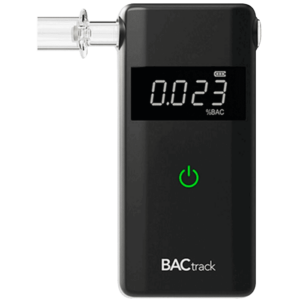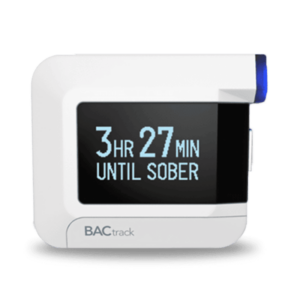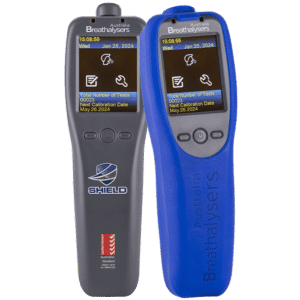Alcohol Urine Screen: The Procedure for Urinalysis
05 January, 2024

An alcohol urine screen is one of the most efficient methods of alcohol detection. The process is relatively simple and quick. It involves collecting an adequate amount of urine sample and testing it using antibodies or reagents. If it detects the presence of alcohol, it will indicate the results through a colour change in a test strip or chart. However, it is vital to follow the protocols for urine testing to ensure the accuracy of the results.
Testing for alcohol is vital in many settings, especially in high-risk workplaces. It minimises the risk of accidents due to impairment and deters alcohol abuse among employees. This helps maintain high productivity and employee morale in the long run. It is also vital in healthcare to help people struggling with addiction recover. This article will help guide what urine screening is, the procedures, and the considerations for accuracy.
What is an Alcohol Urine Screen?
An alcohol urine screen is a type of drug test that detects the presence of ethanol in the urine. It is commonly used in medical, legal, and employment settings to monitor individuals required to maintain sobriety. This test can provide evidence of alcohol for up to 80 hours after consumption.
The screening method identifies ethyl glucuronide (EtG) and ethyl sulphate (EtS). They are the two metabolites produced when the body breaks down alcohol. Thus, they are reliable indicators of alcohol consumption. Moreover, EtG and EtS can remain in the urine for a longer period compared to the actual presence of alcohol in the bloodstream.
The main goal of alcohol screening is to determine whether someone has consumed alcohol within a certain timeframe. Hence, it is valuable in workplaces with alcohol policies. Furthermore, the test can be conducted in a remote location or clinics. It is essential to note that initial screening using immunoassays (IA) only produces qualitative results and does not measure the actual alcohol levels.
Advantages Over Other Testing Methods
- A urine test is relatively less intrusive than a blood test.
- Urine samples can be collected without needing specialised equipment or trained professionals.
- Urine testing is cost-effective and widely available, making it a convenient option for routine alcohol monitoring.
- The test results are easy to read in any setting. They can be interpreted through a colour chart indicator that comes with the testing kit.
- Urine can detect alcohol metabolites longer than blood or saliva samples.
- Unlike breath tests, the sample is suitable for a retest in a laboratory for confirmation.
- Laboratory analysis provides more accurate and reliable measurements of EtS or EtG levels.

The Procedure in an Alcohol Urine Screen
The process of an alcohol urine screen involves a few specific steps. Firstly, the person being tested is given a container and instructed on how to properly collect the urine. It is essential to follow the instructions provided, such as avoiding contact with the inside of the cup. After collection, the specimen is sealed and labelled to ensure proper identification.
For onsite testing, the urine is analysed through a dipstick or cassette. This can return the results after 10 minutes. In other cases, the test provider stores the sample for transport to a laboratory for analysis. It is crucial to follow the chain of custody procedures to maintain the integrity of the specimen.
After the analysis, the laboratory prepares the report to the individual or employer. These results can indicate whether alcohol is present or not. In case of a non-negative result, the testing centre may conduct a follow-up or confirmation testing. Overall, this process can provide valuable information about the alcohol use of a person.
Technologies and Methodologies Used
Urine alcohol tests utilise various technologies to detect and measure alcohol in the body. The common technique is IA testing. It uses antibodies or reagents that cause a chemical reaction in the specimen after alcohol exposure. This method is fast, simple, and less expensive.
A more advanced approach is gas chromatography-mass spectrometry (GC-MS) technology. This technique can break down the molecules into fragments and measure alcohol using a mass-to-charge ratio. The result of this test can reveal the Blood Alcohol Content (BAC) or levels of EtG and EtS in urine. Some may combine different techniques to get a comprehensive overview of alcohol.

Accuracy of an Alcohol Urine Screen
The alcohol urine screen is generally reliable in monitoring alcohol use. However, the accuracy depends on several factors, including the sensitivity and specificity of the equipment or testing method. For instance, IA tests are sensitive to many types of alcohol compounds. Thus, exposure to other substances may interfere with the test result.
On the other hand, GC-MS testing is more precise. It can identify and measure the blood alcohol concentration accurately. Furthermore, EtS and EtG tests look for biomarkers of alcohol consumption. Therefore, it minimises the likelihood of false positives due to the presence of other substances. Additionally, laboratories have strict quality control measures to prevent contamination.
Several factors can affect the accuracy of alcohol urine tests, such as alcohol metabolism and frequency of intake. For example, alcohol tends to stay longer in bodily fluids like urine for chronic users. The consumption of larger amounts also affects the absorption of alcohol. Considering these factors is essential when conducting alcohol testing.
Are There Risks of False Positives?
Urine tests are susceptible to false positives due to several factors. One of the causes of false-positive results is exposure to external contaminants. This includes body sprays, breath sprays, and cleaning products that may be present during collection. Inaccurate storage may also affect the quality of the sample.
In addition, individuals with certain medical conditions like diabetes are likely to get false positives. This is because the body produces compounds that can interfere during screening. On the other hand, people with liver failure have difficulty metabolising alcohol. To minimise these risks, individuals should inform the medical professional of any condition before taking the test.
Conclusion
An alcohol urine screen is a convenient and cost-efficient way to detect alcohol in the system. The process is non-invasive, and it can provide reliable information about the recent alcohol intake of a person. The procedure includes collecting a urine sample in a sterile container cup and analysing it using various techniques. One of the most common methods is Immunoassay or IA screening. It can detect alcohol or metabolites from the sample through a chemical reaction process.
For more accurate results, individuals or organisations often employ GC-MS testing. It involves complex laboratory procedures to determine the exact concentrations of alcohol in the body. However, urine testing is prone to false positives. Incorrect collection procedures, storage, certain medical conditions, and external contaminants can interfere with the results. Thus, it is vital to follow strict protocols when conducting the test. When implemented properly, it is reliable and effective.


















